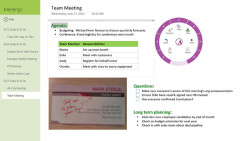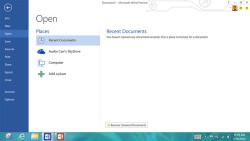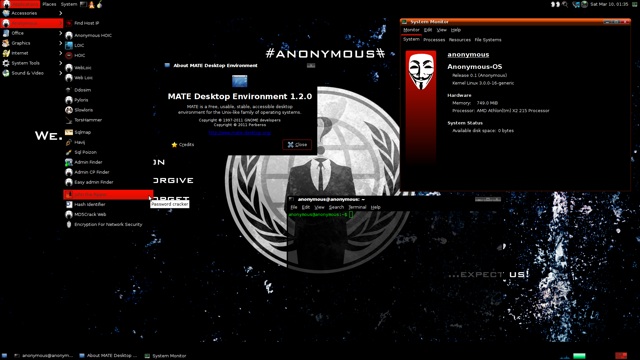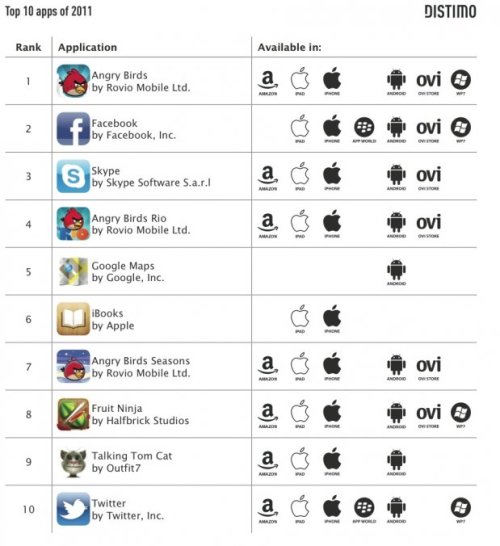
Roll20 is a fully customizable virtual Dungeons & Dragons
platform that allows you to organize and play through campaigns with
your friends whether they’re close by, in another state, or on the other
side of the world. As the Dungeon Master, you can add your own tokens,
maps, character portraits, and background music, or choose from Roll20′s
libraries. The DM and players can draw diagrams and roll dice directly
on the virtual tabletop in real time, and Roll20 also supports video,
voice, and text chat. The service is completely free, though some
artwork and tokens can only be purchased through the Roll20 marketplace.









